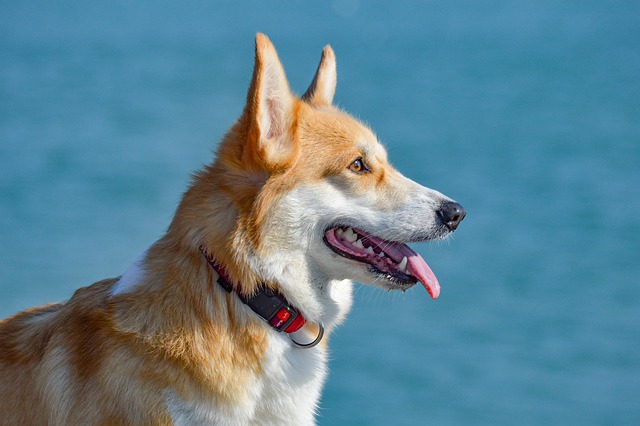
What Are the Methods for Correcting Dog Behavio
Seeing your dog struggle with unwanted behaviors can feel overwhelming. Whether it's excessive barking, jumping on guests, leash reactivity, or anxiety-driven actions,
There’s something primal about watching a black wolfhound move through the mist-draped woods at dawn—the way their lean silhouette cuts through the grey light, muscles coiling like springs beneath that midnight coat. These giants weren’t bred for city apartments or Instagram poses; they carry centuries of hunting lineage in their bones. But transforming that raw potential into a reliable hunting partner? That’s where the real magic—and responsibility—begins.
First, let’s talk about respecting the instinct, not forcing it. Your wolfhound already knows more about the chase than you ever will. Their ancestors coursed wolves and stag across Irish moors and Russian steppes. The key isn’t to implant drive but to channel it. Start young if you can—around 10–12 months—when their curiosity outweighs their stubbornness. Forget rigid drills; make every session a conversation. Toss a fur-drag lure (deer hide works wonders) through tall grass and let them choose to pursue it. Celebrate when they bring it back like it’s crown jewels. If they’d rather sniff oak roots? Try again tomorrow. Patience isn’t just virtue here; it’s law.
Now, the part most folks skip: legal groundwork. Across much of Europe and North America, hunting regulations aren’t suggestions—they’re gospel. Before letting your hound near a field, know your local game laws cold. In the UK, the Hunting Act 2004 bans hunting wild mammals with dogs (exceptions apply for pest control). Germany’s Bundesjagdgesetz requires rigorous testing before issuing hunting licenses. Most US states mandate hunter education courses covering dog handling ethics. Ignorance could cost you your hunting rights or worse—your dog’s life. Check if your county allows training with scent trails or requires permits for live-call exercises. And for heaven’s sake, microchip your hound. A GPS collar isn’t “extra”; it’s your insurance when they vanish after a hare two counties over.
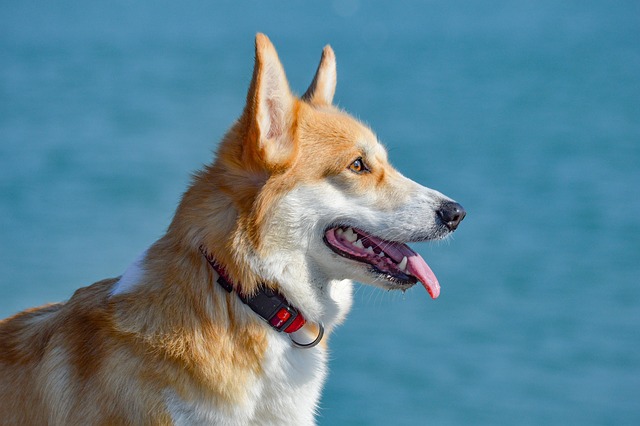
Socialization isn’t just about avoiding dog-park scuffles. It’s about teaching restraint around temptation. A wolfhound’s prey drive can override recall commands when squirrels dart or livestock graze. Introduce them slowly to sheep, chickens, or cats on-leash from 100 yards away. Reward calmness with high-value treats (freeze-dried liver wins every time). If they tense up, increase distance. This isn’t negotiable—especially in rural communities where “your dog scared my lambs” can escalate faster than you’d think.
Field training demands reading your hound’s body language like poetry. See how their head snaps left at a distant rustle? How their tail goes stiff as wire? That’s centuries of genetics whispering. Start with drag trails: soak a rope in rabbit urine (available from hunting suppliers), drag it through brush, and hide treats along the path. Use a long-line (30+ ft) to give freedom while maintaining control. When they lock onto scent, murmur “seek”—associate the command with the thrill. Gradually increase complexity: cross streams, add decoy trails. If they circle back confused, guide gently. Never punish wrong turns; hunting is problem-solving.
Retrieving often feels unnatural for sighthounds. Their instinct? Chase, catch, maybe shake—not gift-wrap prey for you. Start with fur-covered dummies. Toss short distances in enclosed spaces. The moment they mouth it, run backward clapping—turn returning into a game. Trade the dummy for smoked beef heart. No force-fetch nonsense; make them believe bringing things to you is more rewarding than keeping them.
Now, the elephant in the room: live prey training. Ethics matter here—deeply. Most regions strictly regulate using game animals for dog training. Some states like California ban it entirely outside licensed game preserves. Even where legal, ask yourself: Is this necessary for my goals? Could mock hunts with artificial lures suffice? If you proceed, prioritize minimal stress. Use ethically sourced culled pests (e.g., invasive rabbits) under expert supervision. Never release animals where they’ll suffer or disrupt ecosystems. The hunting community’s reputation hinges on respect for life—skirt that, and you’ll rightfully face backlash.
As seasons pass, you’ll notice subtle shifts. That gangly adolescent now moves with liquid precision. They check in with you mid-chase, reading your hand signals through thickets. On frosty mornings, their steam-breath mingles with yours as you wait—a partnership forged in trust. Remember though: hunting dogs aren’t tools. They’re living histories. When arthritis slows their stride someday, honor that service. Let them nap by the fire, dreaming of fields they once ruled.
What we’re really teaching isn’t just “hunt.” It’s focus amid distraction. Resilience when trails go cold. And above all, stewardship—of the land, the laws, and the legacy these noble dogs carry. Get it right, and you’re not just training a hunter. You’re keeping ancient stories alive.

Seeing your dog struggle with unwanted behaviors can feel overwhelming. Whether it's excessive barking, jumping on guests, leash reactivity, or anxiety-driven actions,
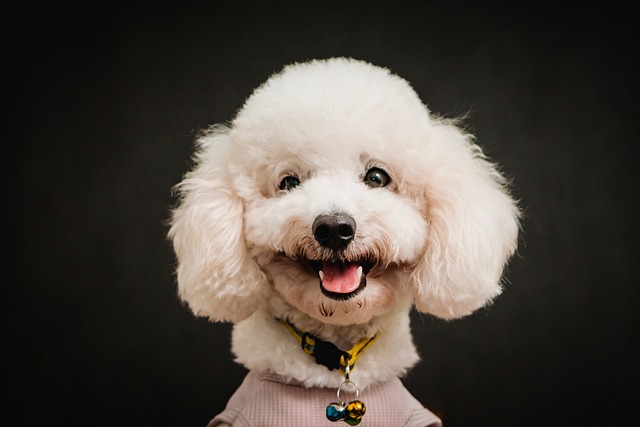
As a Teddy dog owner, the sight of your fluffy, pint-sized companion balancing on their hind legs is undeniably adorable—but teaching them to stand steadily for grooming, vet exams, or bonding requires care for their delicate build.
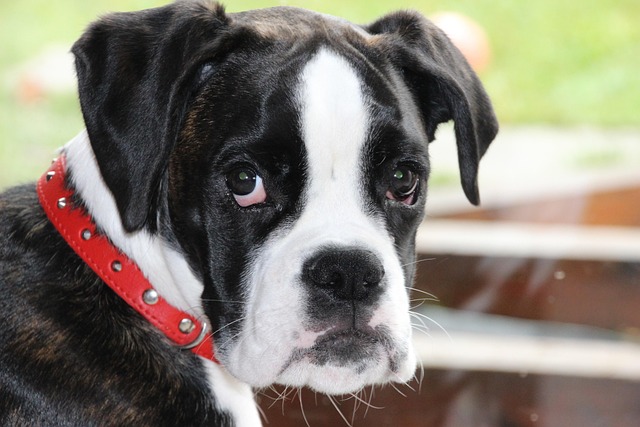
Ever wished you could tell your dog exactly what they did right, the very instant it happened? That's the magic packed into a simple plastic clicker.

That little plastic box seems almost too simple to be powerful. You've seen trainers swear by it, but you wonder: does clicker training really work, or is it just another passing trend?
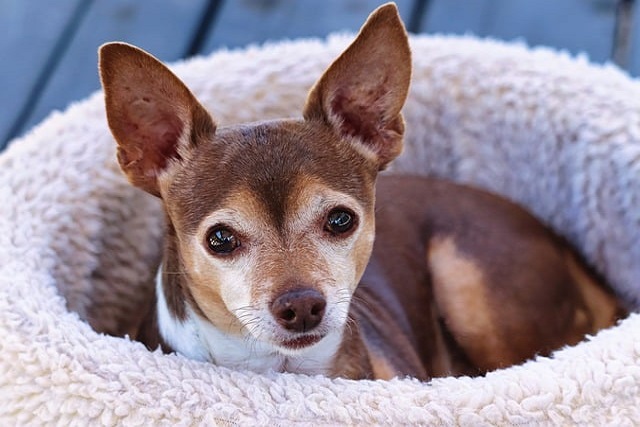
Ever wished you could tell your dog exactly which action earned them that "Good boy!"? That’s the magic a simple clicker can unlock.

As any dog parent knows, the sight of your furry friend bounding after a toy only to drop it halfway back (or disappear into the bushes with it) can be equal parts adorable and frustrating.